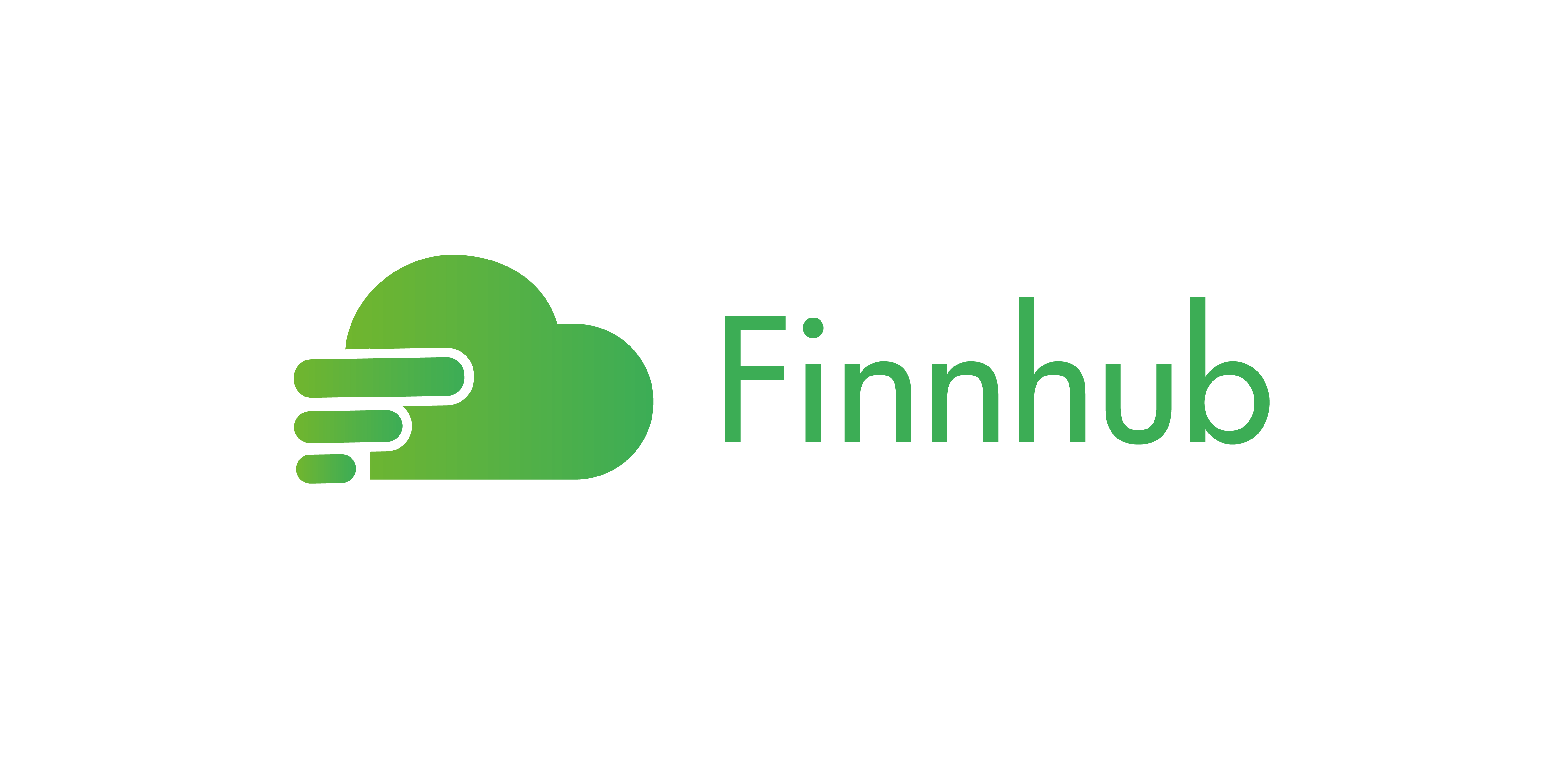Jack Henry & Associates : Supporting Communities with Personal Financial Management Tools
JKHY
Financial wellbeing is a lifelong journey with many twists and turns and no clear destination. As of August 2020, more than two-thirds of people in America (approximately 167 million people) are not financially healthy. Financial health disparities have widened by race and persisted across gender over the past year. These individuals are struggling to spend, save, borrow, or plan in ways that allow them to be resilient and seize opportunities over time. Even people who seem successful may feel financially insecure and unable to manage long-term financial goals, such as retirement or paying down debt.
Many community banks and credit unions include financial wellness statements in their mission or value statements. Things like "Helping customers achieve financial independence," or "To facilitate the financial security of its members, associates, and their families," are frequently seen on the boardroom wall. But how many of those institutions are putting effort into providing their accountholders with a full, 360-degree view of their financial status across all of their service relationships?
With that 360-degree view, there's a way for consumers to have a holistic and objective measure of their financial health and the actionable steps that would make a difference in meeting their long- and short-term financial goals. Therein lies a huge opportunity for banks and credit unions in the United States, and that's where a comprehensive Personal Financial Management (PFM) system comes into play.
The challenge faced by many community financial institutions is PFM adoption. They may wonder how many people will actually use these tools if they are offered. Research shows that accountholders are increasingly seeking out these tools. The truth is, many Americans don't feel supported by their institution. When asked if their bank or credit union helps them become financially strong, 50% of respondents to a 2021 survey said, "No, they don't really help." An additional 4% responded that they feel their institution makes things worse. Customers and members will use these tools if they're offered the right way. The financial institution's job is to build awareness and provide support so that using these tools become second nature, and their accountholders have the information they need to begin taking steps toward financial health.
The key to increasing personal financial management tool adoption is to support customers and members at every step of the journey. Never assume anything is obvious, because many of your accountholders may not be familiar with these tools. In fact, the journey starts by simply building awareness.
With proper PFM tools, many Americans will understand how to use money as a vehicle to improve their lives. Banks and credit unions can make a true difference to the community by offering these tools. By empowering everyone in the community to take control of their finances, financial institutions can directly encourage growth and equality.
Disclaimer
Jack Henry & Associates Inc. published this content on 21 October 2021 and is solely responsible for the information contained therein. Distributed by Public, unedited and unaltered, on 21 October 2021 13:13:03 UTC.
